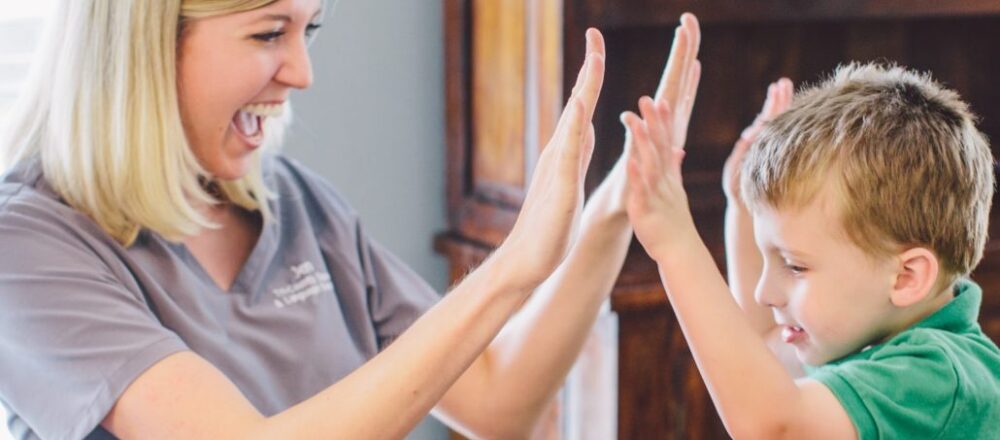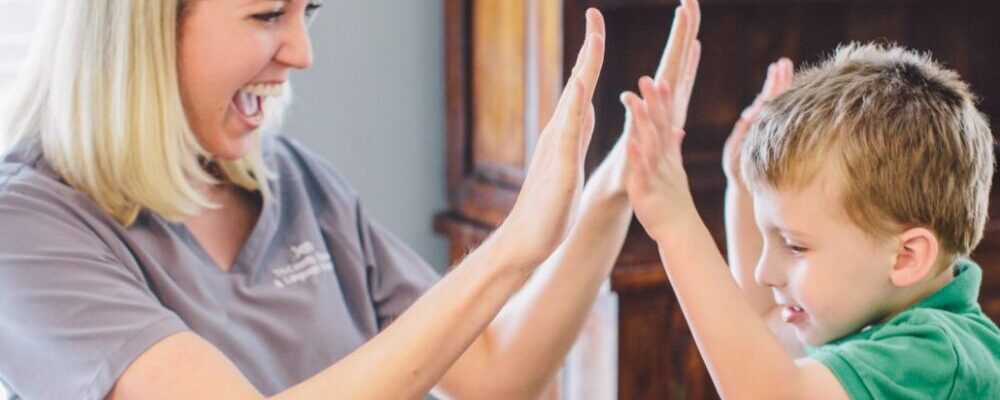Developmental milestones record – 3 years
This article describes the skills and growth markers that are relevant to 3-year-olds.

Physical and motor milestones for a typical 3-year-old include:
- Gains about 4 to 5 pounds (1.8 to 2.25 kilograms)
- Grows about 2 to 3 inches (5 to 7.5 centimeters)
- Reaches about half of his or her adult height
- Has improved balance
- Has improved vision (20/30)
- Has all 20 primary teeth
- Needs 11 to 13 hours of sleep a day
- May have daytime control over bowel and bladder functions (may have nighttime control as well)
- Can briefly balance and hop on one foot
- May walk up stairs with alternating feet (without holding the rail)
- Can build a block tower of more than 9 cubes
- Can easily place small objects in a small opening
- Can copy a circle
- Can pedal a tricycle
Sensory, mental, and social milestones include:
- Has a vocabulary of several hundred words
- Speaks in sentences of 3 words
- Counts 3 objects
- Uses plurals and pronouns (he/she)
- Often asks questions
- Can dress self, only needing help with shoelaces, buttons, and other fasteners in awkward places
- Can stay focused for a longer period of time
- Has a longer attention span
- Feeds self easily
- Acts out social encounters through play activities
- Becomes less afraid when separated from mother or caregiver for short periods of time
- Fears imaginary things
- Knows own name, age, and sex (boy/girl)
- Starts to share
- Has some cooperative play (building tower of blocks together)
At age 3, almost all of a child’s speech should be understandable.
Temper tantrums are common at this age. Children who have tantrums that often last for more than 15 minutes or that occur more than 3 times a day should be seen by a provider.
Ways to encourage a 3-year-old’s development include:
- Provide a safe play area and constant supervision.
- Provide the necessary space for physical activity.
- Help your child take part in — and learn the rules of — sports and games.
- Limit both the time and content of television and computer viewing.
- Visit local areas of interest.
- Encourage your child to help with small household chores, such as helping set the table or picking up toys.
- Encourage play with other children to help develop social skills.
- Encourage creative play.
- Read together.
- Encourage your child to learn by answering their questions.
- Provide activities related to your child’s interests.
- Encourage your child to use words to express feelings (rather than acting out).

